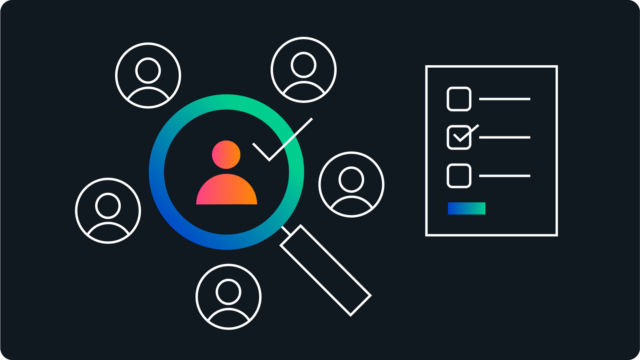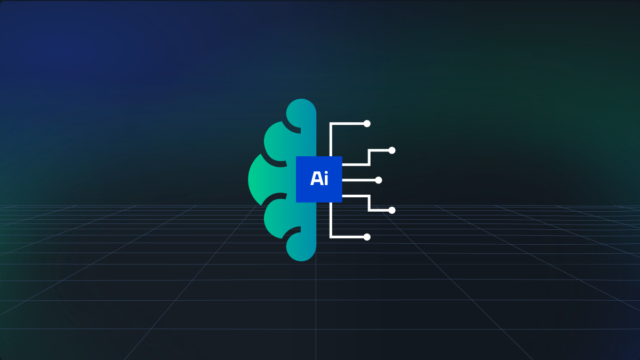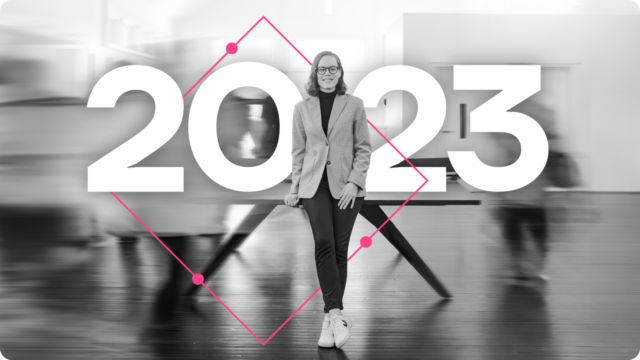When is it time for a website redesign? 8 signs for 2022

Is it time for you to redesign your website?
Let’s find out.
Your website is more than just a way to outline the services your business provides. It’s a 24/7 storefront that will communicate your brand to your key audiences on an ongoing basis. Whether your visitor is a new prospect, a consumer considering a first purchase, or another important stakeholder, the fact that your website is ‘always on’ means it always needs to be effective. That’s why it’s important to regularly review your site to ensure it’s positioning your company in the most potent way possible.
Websites have front and back end elements that influence their performance. It’s important to consider both when you’re thinking about the possibility of a redesign.
The front end is all the copy, design and other content which creates a compelling user journey that converts users into customers and prospects into clients.
The back end is the technical architecture of your website. It helps you do things like update and manage content and improve search engine optimization.
In this article, we explore potential issues with both the front and back end components of your site to help you determine whether you need a full overhaul. Here are eight signs you might need to redesign your website.
1. Your website isn’t working towards your business goals.
What do you need your website to accomplish?
A website’s purpose could range from direct sales to providing an educational hub for users to learn about your brand, to many other purposes. You should always define and prioritize your business goals before functionality and aesthetics come into play. A business geared towards direct customer sales of a commoditized product will need a different web design than a non-profit looking to improve member engagement.
If your website isn’t designed to serve your business goals, you will ultimately be disappointed in the return you get on your investment. At Tiller, all of our creative work is informed by your business goals. We want to know what you’re trying to accomplish as a business, how you’re going to measure it, and how our team can build a site that delivers to those goals.
If your site isn’t driving enough (or any) revenue, if it’s not ranking on Google, or if the content isn’t reflecting your current offerings or value propositions, your website is likely out of step with your business goals and probably needs a website redesign.
2. You have high bounce rates and low conversions.
If your website has high bounce rates and low conversions, you have a problem.
Let’s start with the obvious question though.
What are bounce and conversion rates and why do they matter?
Websites are designed to be immersive and engaging for your users, and there are some metrics we use to determine if your site is delivering the experience you intended. A bounce is when a user leaves your website after visiting only one page, which means they likely haven’t explored the content or products offerings you have in any depth. The user came in, they checked you out and they’re gone. Possibly forever.
A conversion is when users take a desired action on your site. It’s what you’d hope to get instead of a bounce. For a SaaS website, a conversion would likely be indicated by a user submitting a form to request a demo. Conversions can take other forms too. They could be signified by someone signing up for a newsletter or sharing your page on social media. A low conversion rate means that your website isn’t engaging your users effectively and getting them to take the desired actions.
Heatmapping is an invaluable way to understand user engagement on your website. Heatmaps show you how much time users spend on your website – and where their time is spent. Instead of just assuming what is wrong, a heatmap can show you in very targeted ways where your audience is losing interest in your site. It is immediate, visual feedback on the efficiency of your calls-to-action, images, text, and overall experience.
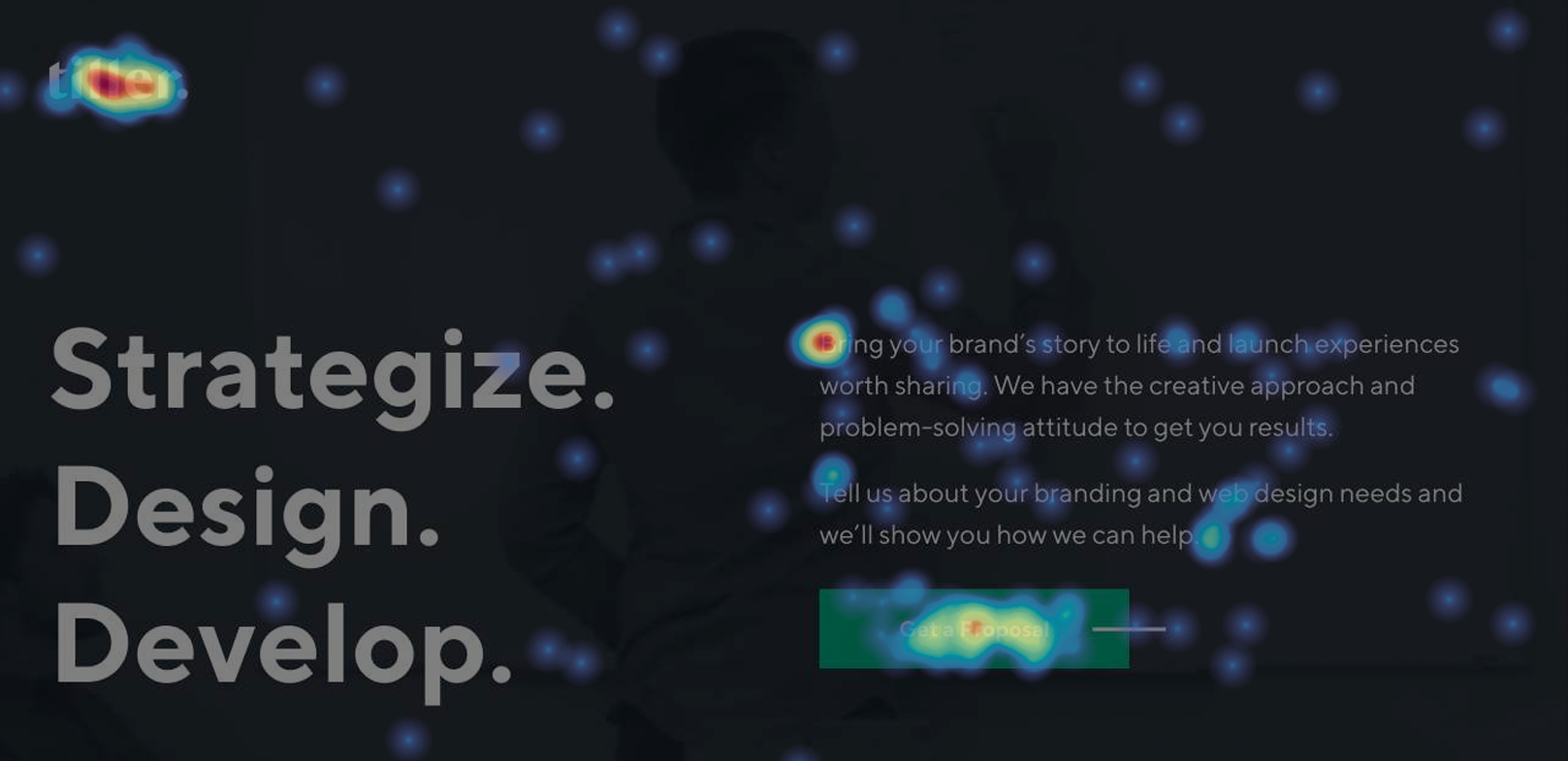
A user that spends longer on your website and is more engaged in the experience is more likely to become a customer.
3. Your website is slow.
As a user, nothing is more frustrating than a website that doesn’t load quickly. Users usually won’t wait around in hopes that a website’s experience, design or content will make up for its slow speed. In fact, Google research shows that approximately 53% of users leave a website that takes longer than three seconds to load.
A slow load time could be the result of a poorly developed (built) website or an increase in traffic that has overstressed or overloaded the infrastructure in the back end of the site.
If your website isn’t as fast as it needs to be, you’re undercutting the work you did from a strategic and creative perspective. You’ve likely put in lots of time and effort in those areas only to end up with sub-optimal results because the pages load slowly.
A slow load speed will also negatively affect your search engine rankings. Search engine optimization is important because high rankings help clients find your company online, drive organic traffic, and help establish you as a leader in your field.
4. Your site isn’t responsive or easy to use on mobile.
According to 2021 research, mobile devices make up 54.4% of global website traffic. It’s critical that you prioritize the mobile experience as much as (if not more than) desktop. This doesn’t have to be a difficult or cumbersome experience or even a separate design. In fact, creating strictly mobile website designs are a thing of the past.
This is where the concept of responsive web design comes in.
Instead of developing two distinct websites for desktop and mobile users, responsive web design allows for a website that scales its design and contents for the device it’s loaded on.
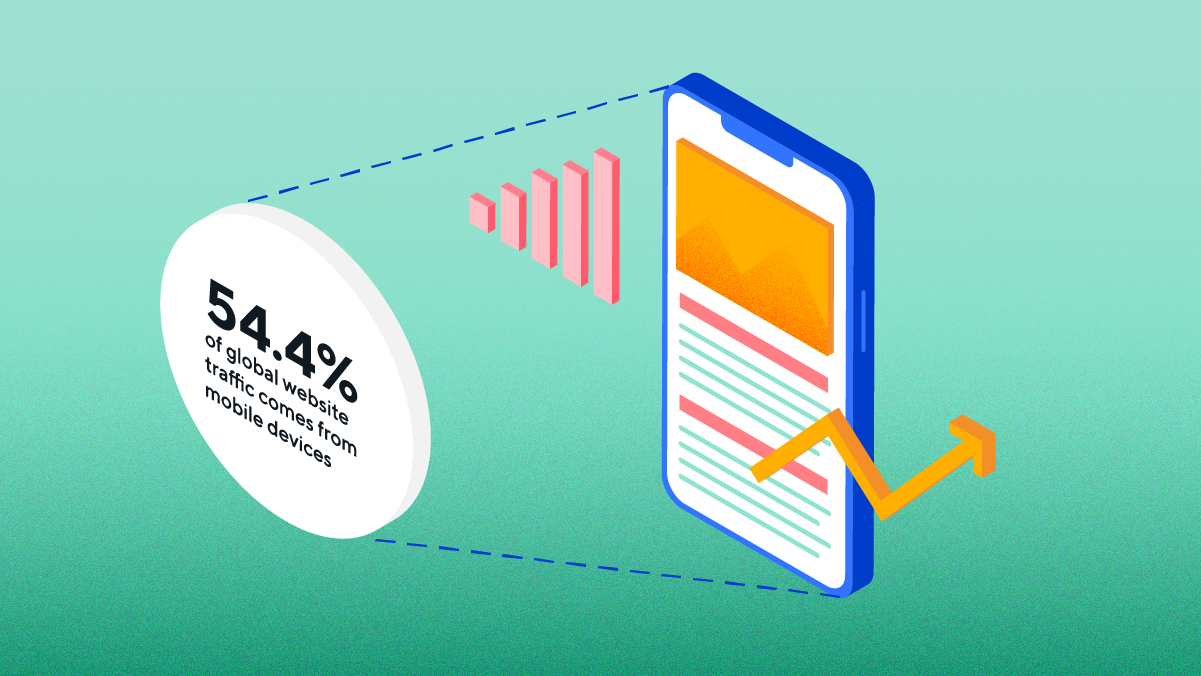
From the user perspective, it’s seamless. Responsive web design enables them to get a great experience regardless of the device they use.
From the development end of things, responsive design reduces the need for a different design for each type of device. Although sometimes at Tiller we’ll do some targeted mobile-only designs to enhance the overall user experience.
Responsive design also offers additional benefits for your site and your business.
It helps future-proof your website against a flood of endless new devices or screen sizes. This saves time and budget in the long run. It makes it much easier to manage content. You update the content once and it scales based on whatever device is being used. And from a search perspective, Google demands it. If your site isn’t mobile-friendly it will be penalized in the rankings.
If your website isn’t responsive, it is absolutely time for a redesign.
5. Your site’s design is outdated.
As functional as a website might be, the visuals really matter. Users associate the visual appearance of a company website with the quality of its products and services.
That’s why you don’t want your website to include nothing but text, a few hyperlinks, and some poorly scaled images. A user’s first impression of your site will be visual, and you should take the time to make sure that impression is great.
When designing a website, you should work with a web development and design agency or creative partners that will bring your brand to life in the most visually appealing and effective way possible. Focusing on aesthetics makes that first impression as striking as it can be. If you think of your website as a store, an outdated website is like a store with a shabby exterior, dust in the corners, and peeling paint. Maybe you’ll try shopping somewhere else.
You should also consider how modern and sleek your competitors’ websites are when compared against yours. This is something that we always take into account when we work with clients. What is the competitive landscape from a visual perspective?
The truth is that the bar keeps getting higher and higher for web design. And a user will always gravitate towards an elegant and professional website over an archaic relic of the early internet.
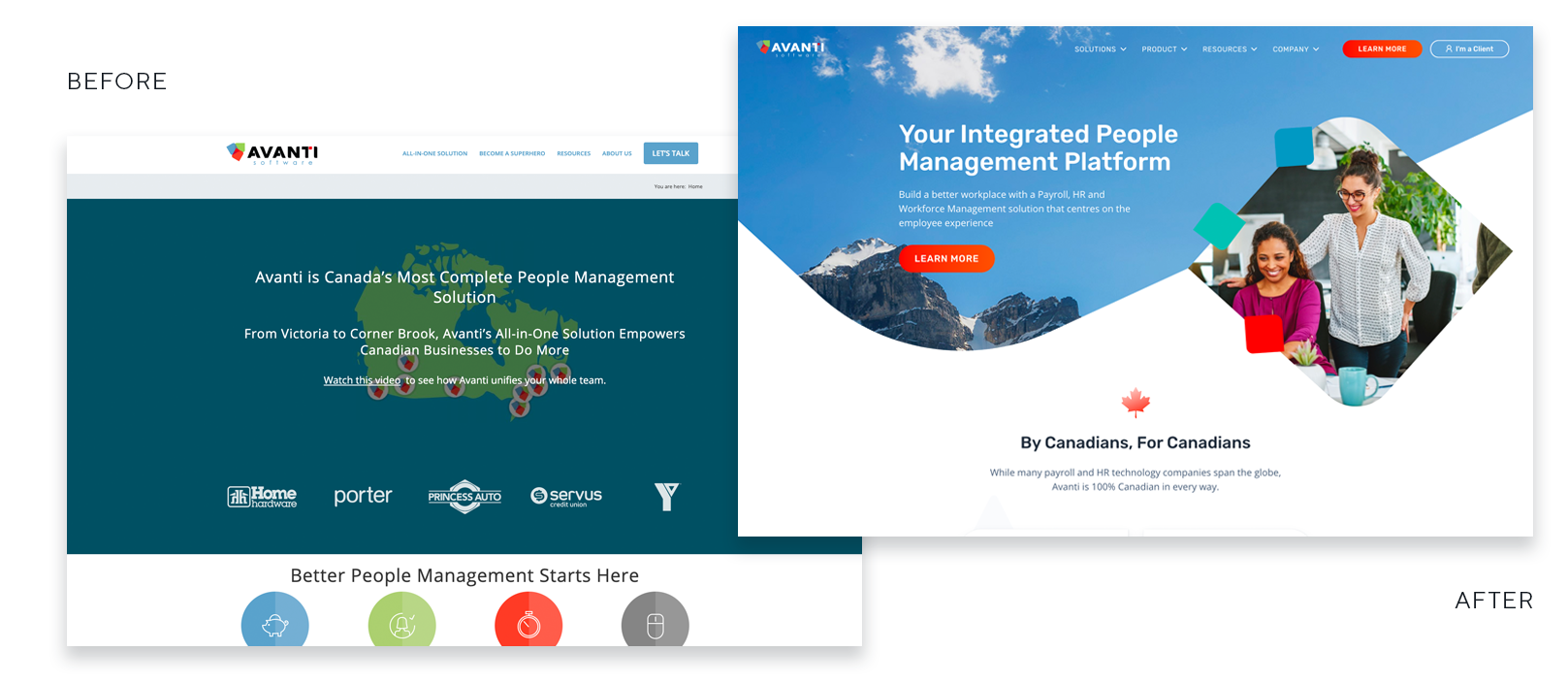
6. Your site is hard to navigate.
Your website should be a guided tour for your users, not a journey without a map.
In this case we are talking about you user’s journey in particular. Make it easy for them. If information is difficult to find, pages are hidden or `unmarked, or lacking proper links and call-to-actions, that’s a problem. If users can’t find what your company does, what you offer, and how to contact you, that’s a bigger problem. Or to put it more bluntly – a beautifully designed, fast-loading website will not deliver the results you want if your users struggle to get the information they need.
So how do you fix that when you redesign?
Part of it is proper content hierarchies and how they play into user experience.
Content hierarchy involves the strategic placement of content on your site to create a particular user journey with the least amount of friction.
It’s providing the right amount of information, not an indiscriminate dump of every detail about your product or service.
It’s making sure your intended calls-to-action are in targeted locations.
It’s about thinking through the user’s experience. What do they need? When do they need it? How can we make those things simple and easy at every step?
7. It’s difficult to make changes to your content.
So your design is great, your copywriting is sharp, and your user journey is artfully mapped out.
The front end is dynamite. There’s no need for a redesign, right?
Maybe. Maybe not. Let’s have a look under the hood.
If you struggle to update the content on your site because it’s built on a challenging template, or there’s no Content Management System (CMS) or it just always seems to be a hassle to get something simple changed, you may want to redesign the site to save your own team time and money.
If your site is easy to update, you are also likely to add fresh content more often, which is increasingly a focus for companies and brands that are acting as de facto content publishers rather than just periodic marketers. Consistent, quality content boosts your website on search engines and gives users reasons to return time and again.
The other back end website consideration is integration. From a sales and marketing perspective, it’s important to integrate your marketing technology and analytics with your website. Disconnected technology limits your ability to effectively identify and target users from a sales perspective. If it’s all working in a single coherent system, you’ll close more deals and land more customers.
8. You’re rebranding
If you’re rebranding then you absolutely need a redesign. With a rebrand you will likely have new (or evolved) business goals to address and perhaps a completely different approach to the visual elements of your brand. In a previous blog post, we outlined some ways to develop a strong brand strategy for your business. Check that one out if you’re thinking a rebrand might be in order.
But why would a company consider rebranding in the first place? There are a number of common reasons. You could be repositioning your brand’s core messages or products. Or perhaps your company wants to move up-market to attract new clients or increase prices.
Whatever your reasons are, a rebrand takes you back to the first step of the design process – clearly identifying your business goals. From there, you can go on to create a structure and design that reflects and represents your updated brand.
The bottom line about website redesign
If you’re experiencing any of the problems we’ve outlined above, it’s time to talk to someone who can help you with a redesign.
Here are three questions of particular importance that should guide your decision:
- Is my website attractive, with a fluid user journey that accurately communicates my current messages and positioning to my audiences?
- Is the site performing well from a technical perspective?
- Is it driving business results or not?
If you’re still not sure what to do, reach out and connect. We’d be happy to discuss your business goals and see where we can help drive value.

